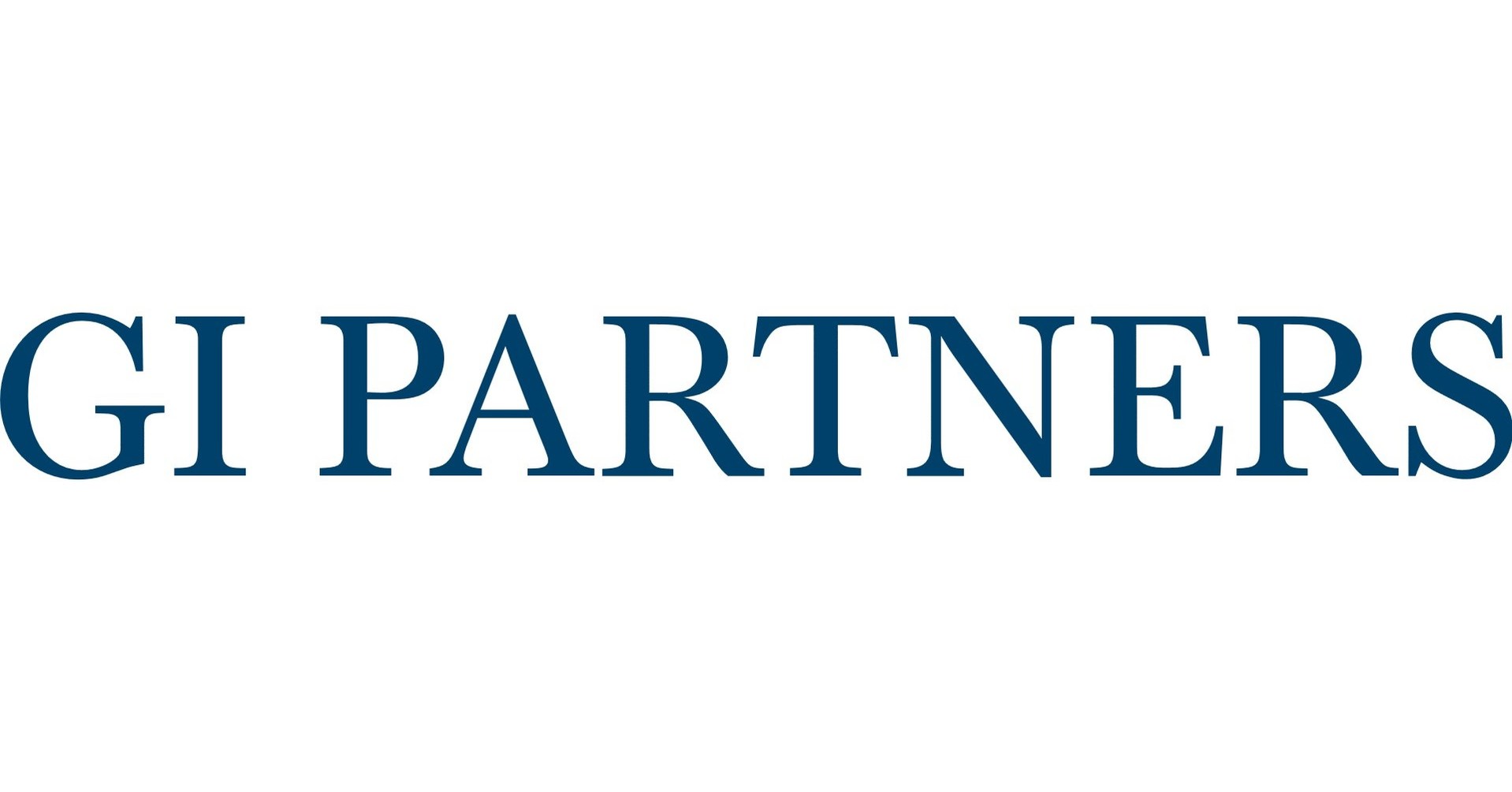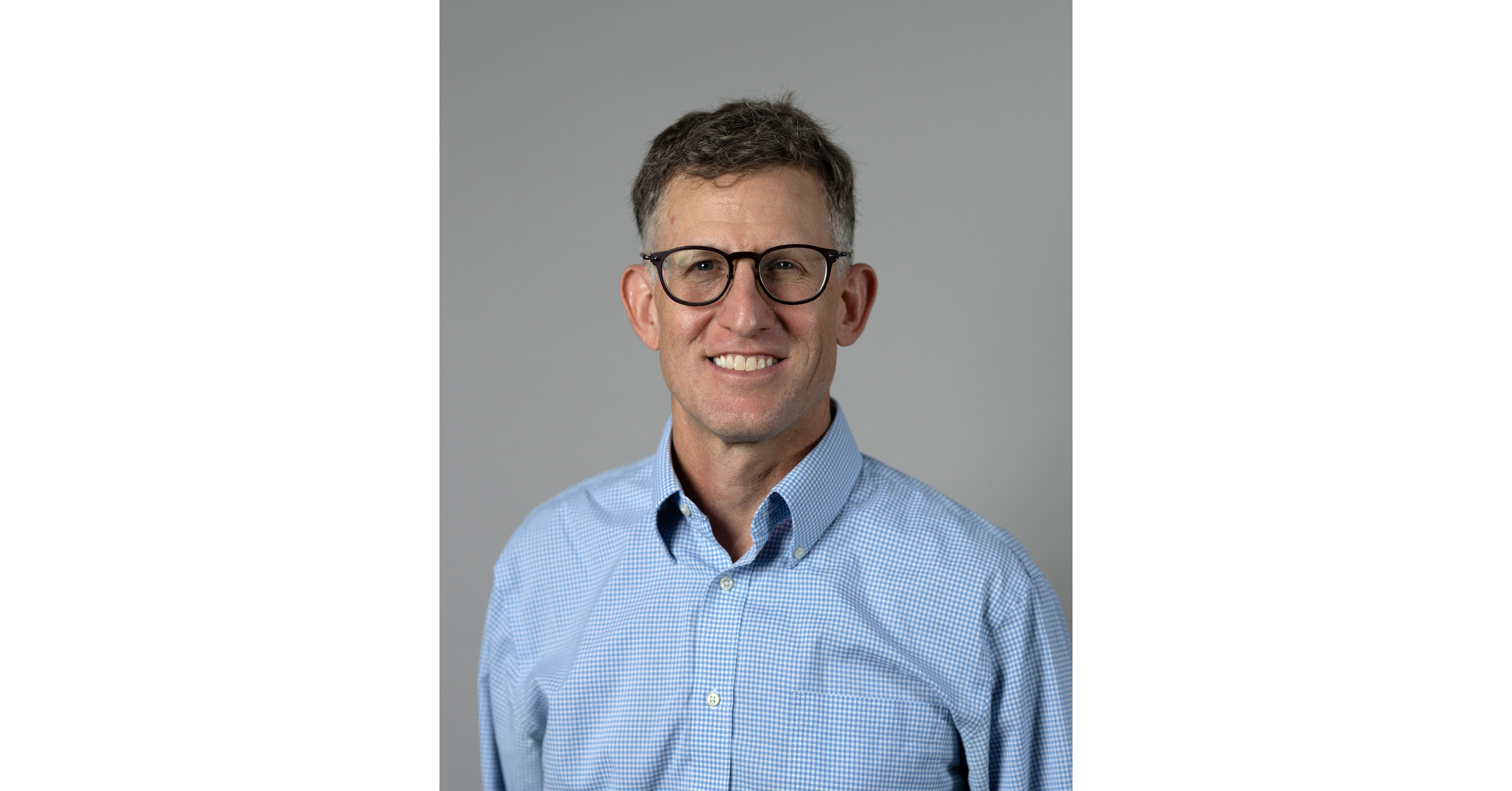Traditional photo restoration requires both domain expertise and the careful orchestration of specialized AI models for denoising, deblurring, upscaling, face recovery, and more. The newly developed agentic system automates this process by:
- Diagnosing the input image to detect issues like noise, blur, or artifacts
- Planning an action graph — a sequence of restoration steps tailored to that image
- Executing the plan by drawing from a library of 50+ specialized models
- Evaluating and Adapting after each step, checking output quality and revising the plan if needed
The result is a system that functions like a digital photo editor, one that can reason about quality, reflect on its work, and continuously adapt until the best possible image is achieved.
A collaborative achievement
This project was initiated through a research partnership with Texas A&M University, with additional contributions from affiliated scholars at Stanford University, Caltech, CU Boulder, Snap Inc., UT Austin, California Institute of Technology, and UC Merced. Topaz Labs provided research direction, funding, and system integration to bring the collaboration to life.
“We want to democratize professional-grade image quality,” said Xiaoyu Wang, Head of AI at Topaz Labs. “Our agent diagnoses the photo, plans an action graph like a human editor, executes, checks its work, and adapts until the result is right. This is a first step toward true agentic image editing.”
“What makes this system different is that it doesn’t just apply models blindly,” Wang added. “It perceives the image, reasons about what’s wrong, and chooses the right tools to fix it. If the results aren’t good enough, it reflects and replans. That ability to adapt makes it fundamentally new.”
Researchers involved in the project echoed this sentiment, emphasizing the broader scientific implications of such adaptive AI systems.
“This work represents a paradigm shift from passive AI models to active, reasoning systems,” said Professor Zhengzhong Tu, Assistant Professor of Computer Science and Engineering at Texas A&M University. “By embedding perception, planning, and reflection into a single framework, we’re moving closer to AGI that truly collaborates with humans in creative and professional workflows.”
Open-sourcing for the community
The team has open-sourced the system to accelerate research progress in agentic AI and to support educators, developers, and creators exploring new approaches to image restoration.
By making the work public, the team hopes to set a new standard for image quality while inspiring further advances in autonomous editing systems.
Why this matters
- Democratization of quality: Anyone can produce professional-grade images without expert-level tools or knowledge
- Foundation for future systems: As new restoration models emerge, they can be integrated seamlessly into the agentic workflow
- Broad applicability: The system has shown strong results across natural photos, AI and CGI-generated images, and even scientific imagery such as X-rays, demonstrating its potential in creative, professional, and research domains.
- Raising the bar: Open collaboration encourages higher standards of quality across both academic and commercial imaging
About Topaz Labs
Founded in 2005, Topaz Labs is a leader in AI-powered image and video enhancement. Its technology is used by 1.5 million customers, including 20 of the world’s top 50 companies. Known for industry-leading products like Topaz Photo, Topaz Video, Topaz Gigapixel, Astra and Bloom, the company continues to invest heavily in research and development, advancing the frontiers of imaging technology in collaboration with academic and industry partners.
Learn more at www.topazlabs.com.
SOURCE Topaz Labs




